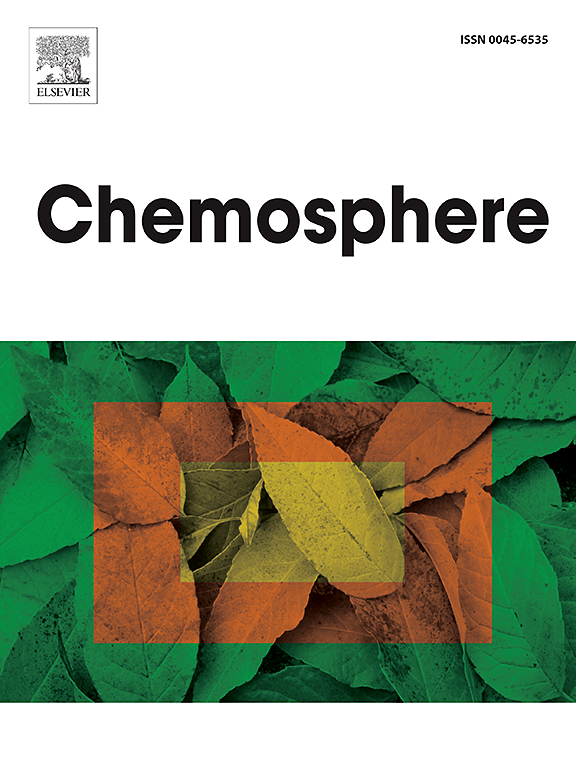Gas and tar formation characteristics in gasification for biomass materials
IF 8.1
2区 环境科学与生态学
Q1 ENVIRONMENTAL SCIENCES
引用次数: 0
Abstract
Gas and tar formation characteristics from the gasification of woody biomass were investigated by experimentation to obtain detailed and specific insights into the proper operation of the gasification process. We focused on the determination of the relationship between the gasification operation parameters and the composition of the resulting gases and catalyst application on tar formation and suppression. The generation of combustible gases, including hydrogen (H2), by biomass gasification increased with increasing temperature and the addition of water vapor. A sufficiently high temperature (850 °C or higher) was required to effectively suppress tar production without the use of a catalyst. However, the choice of higher temperatures should be carefully considered in terms of energy loss. The nickel (Ni) mesoporous catalyst exhibited the highest catalytic effect on gasification and the catalyst application resulted in more than 50 %(V/V) H2 composition in the product gas. The application of combustion ash and dolomite resulted in the second highest H2 production effect after Ni catalyst. The reduction of tar formation by Ni catalyst reached 84 % at 750 °C. The relationships between various factors such as temperature and the proportion of polycyclic aromatic hydrocarbon (PAH) compounds in tar were examined. The PAH ratio in tar was shown to be a simple and clear indicator of the effect of temperature and catalyst application on tar reduction.

生物质气化过程中气体和焦油的形成特征
通过实验研究木质生物质气化产生的气体和焦油的形成特征,以获得气化过程正确操作的详细和具体的见解。我们着重于确定气化操作参数与所产生气体组成之间的关系以及催化剂在焦油形成和抑制中的应用。生物质气化产生的可燃气体,包括氢气(H2),随着温度的升高和水蒸气的加入而增加。在不使用催化剂的情况下,需要足够高的温度(850°C或更高)来有效地抑制焦油的产生。然而,从能量损失的角度考虑,应仔细考虑较高温度的选择。镍(Ni)介孔催化剂对气化的催化效果最好,催化剂的使用使产物气体中H2含量大于50% (V/V)。使用燃烧灰和白云石制备H2的效果仅次于Ni催化剂。在750℃时,镍催化剂对焦油的还原率达到84%。考察了温度等因素与焦油中多环芳烃(PAH)化合物比例的关系。焦油中多环芳烃的比例是温度和催化剂用量对焦油还原效果的一个简单而明确的指标。
本文章由计算机程序翻译,如有差异,请以英文原文为准。
求助全文
约1分钟内获得全文
求助全文
来源期刊

Chemosphere
环境科学-环境科学
CiteScore
15.80
自引率
8.00%
发文量
4975
审稿时长
3.4 months
期刊介绍:
Chemosphere, being an international multidisciplinary journal, is dedicated to publishing original communications and review articles on chemicals in the environment. The scope covers a wide range of topics, including the identification, quantification, behavior, fate, toxicology, treatment, and remediation of chemicals in the bio-, hydro-, litho-, and atmosphere, ensuring the broad dissemination of research in this field.
 求助内容:
求助内容: 应助结果提醒方式:
应助结果提醒方式:


